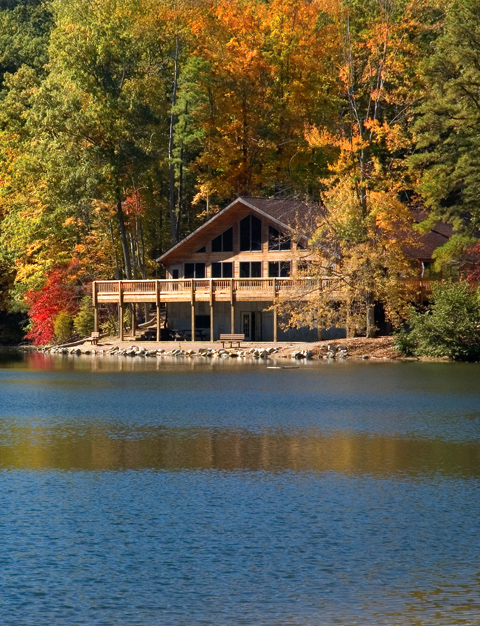Along the road to log home ownership, you will eventually hit the inevitable speed bump of wants versus budget. “Wants versus needs” might be the first thing that comes to mind, but a log home has to have the basic needs in order to receive a certificate of occupancy: logs, a kitchen, an HVAC system, a roof, etc. It’s when you you start putting in the wants from your own personal list that your budget gets stretched. You want to infuse your home with the things that will tru…













